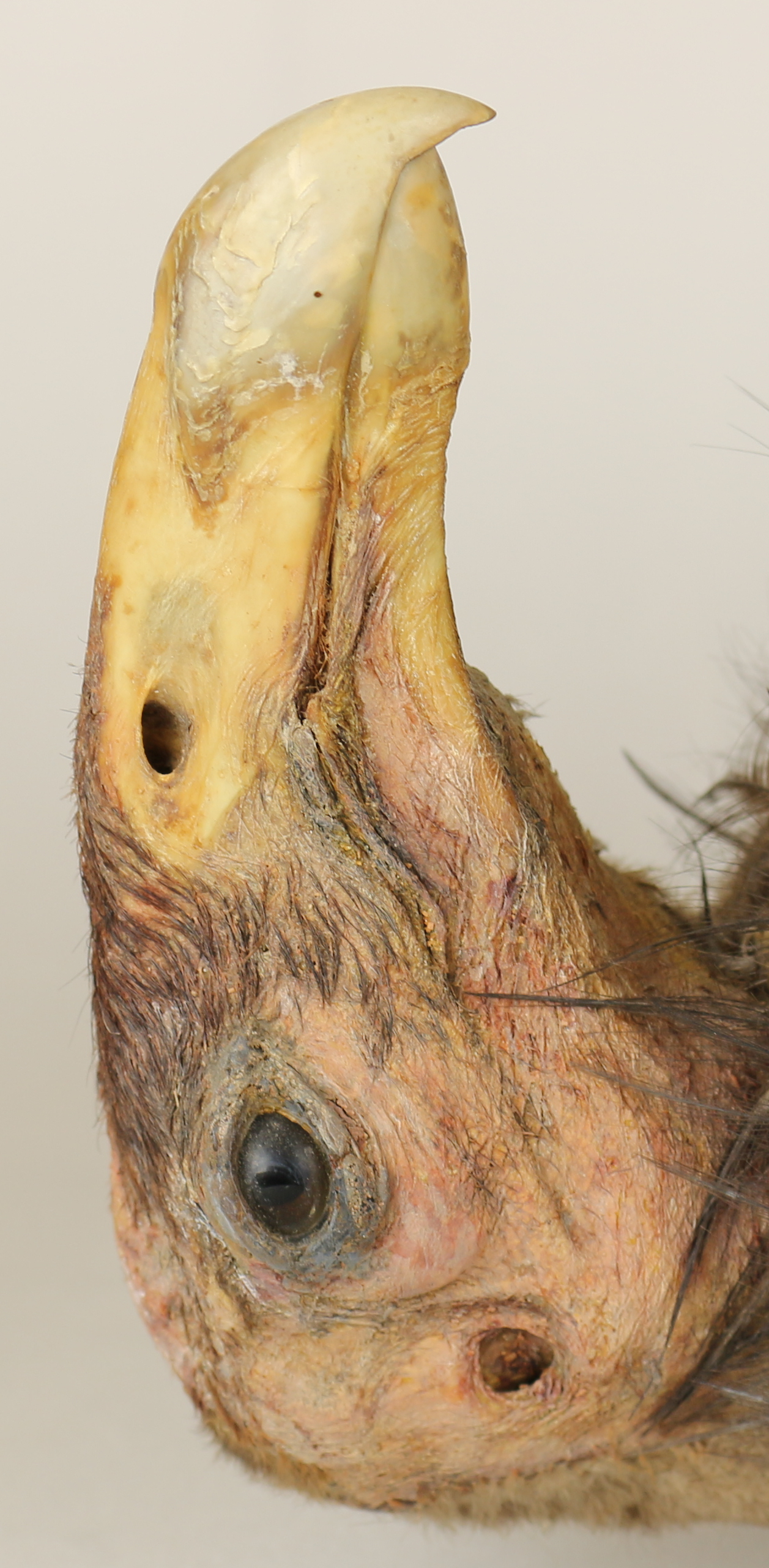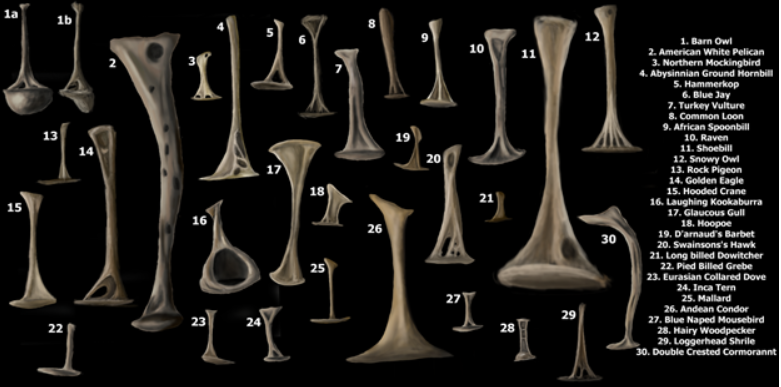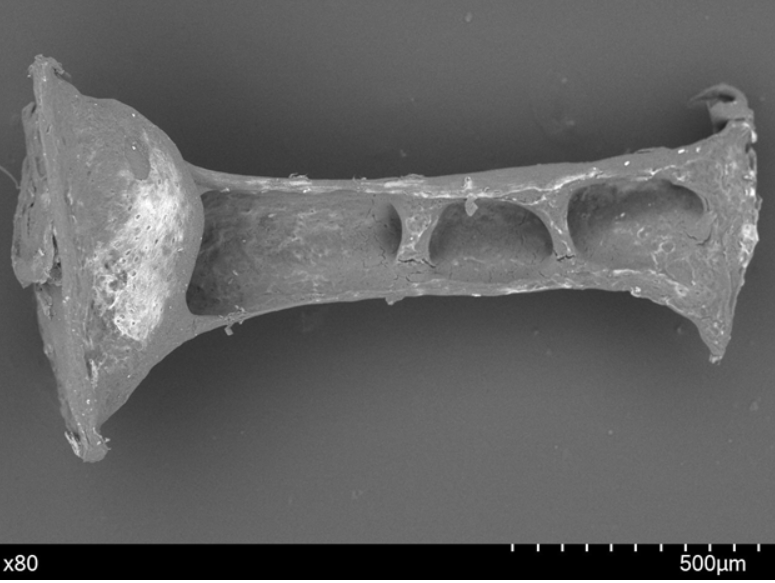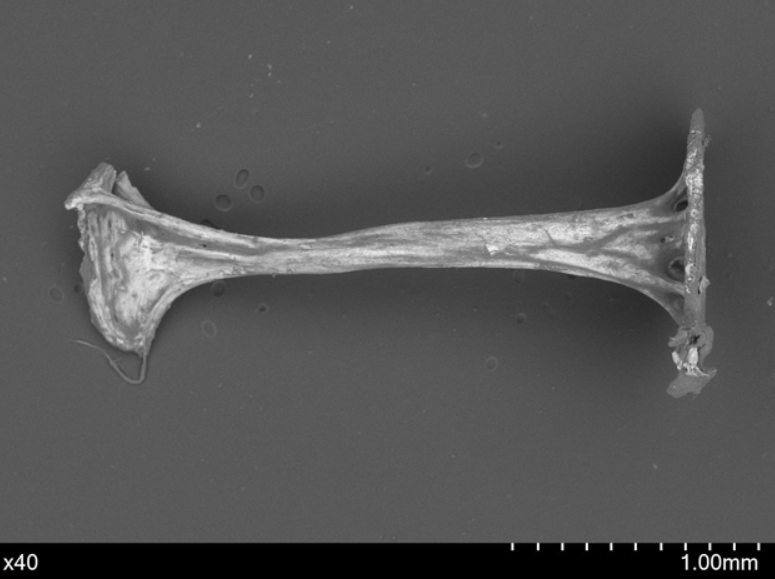Beginning and experienced birders
use sound as an aid on every birding tour. Sound is used to locate birds often well before sight, or make a decision about whether to pursue a target if the voice belongs to a species one has already seen. The ubiquity of bird song and other vocalizations in natural landscapes lends to their use as identification tools for us and the birds. Therefore, we should not be surprised by the rich body of scientific research on the production and function of bird vocalizations that exists.
In my own research, I have used sound (bird song) as a tool to differentiate among similar species. Small differences in bird song have shown to indicate species-level differences between birds in different regions. However, in all my studies, I always focused on the sounds being produced and how they are produced, and not on how they are received and interpreted by the one hearing the sound. Perhaps it is because bird ears are hidden, they don't have ridiculous looking pinnae protruding from their crania like we do, that their ears have been largely ignored.
Research Question
It wasn't until I visited my father, who is losing his hearing, that I began to think about bird ears. I realized how difficult it was for him to find birds that were once easy to pinpoint. He no longer heard the "chicka-dee-dee-dees" he loved, but was still able to find the Hairy Woodpeckers with ease. His hearing was failing him, but the sound frequencies being lost to him were the high pitch (frequency) sounds of songbirds and not the low drumming of woodpeckers. This experience with my father spawned an interest in hearing, specifically bird hearing. Birds do not lose their hearing; their cochlear hair cells regenerate throughout their life. I wondered, perhaps selfishly, if further study of birds’ ears could help us understand human hearing loss and provide clues for reversing loss of hearing.
Of course, as an ornithologist who studies evolution, genetics and speciation in birds, I had little idea how to study bird hearing and I needed to find a hearing expert. Fortunately Denver attracts smart people of every ilk and I met Dr. John Peacock at the University of Colorado Anschutz Medical Campus. John's work used chinchillas—apparently their ears are very similar to human ears—to study how blast force sounds damage the middle and inner ear structures in humans.

John had always been interested in bird ears, but never had access to the diversity of bird species needed to start a bird hearing research program. The bird collection at the Denver Museum of Nature and Science solved that problem, launching us into a fascinating collaborative project studying the evolution, morphology and mechanics of the avian middle ear, i.e., bird hearing.
Method
Our research had to start from scratch. Very little scientific investigation has focused on the structure and function of bird ears, and we needed to learn some of the basics.
We used bird cadavers from the zoology collections at the Museum. For our first studies, we examined 49 species chosen so as to be as diverse as possible. The sample included species from 23 orders, 34 families and 47 genera, and included flying, diving and flightless birds; a variety of birds exploiting different ecological niches; and birds of various sizes (from finches to pelicans and ostriches).
Since we were working with deceased birds, we chose to focus on the structures and mechanics of the middle ear. The middle ear spans the tympanic membrane (ear drum) to the inner ear. In birds, this part of the ear is dominated by a single ear bone called the columella. This part of the ear protects the sensitive hair cells of the inner ear and is responsible for converting sound waves (acoustic energy) into mechanical energy (movement of the middle ear bone) and then into hydraulic energy in the inner ear.
So what did we measure and why?
We first used a tiny speaker placed into the bird’s ear and positioned a laser that measures vibrations on the other side of the middle ear. We played sounds at different frequencies and degrees of loudness (decibels) and measured the ability of each bird’s middle ear to transfer acoustic energy into mechanical energy (vibrations). The data we collected from these acoustic studies allowed us to determine the range of sounds that each species of bird has the potential to hear.
After the sound study, we dissected out the columella (ear bone) from each species. We measured the mass, length and many other features of these bones to compare these measurements across species.
Our prediction was that the bones would scale with the size of the bird (bigger bird=bigger ear bone) and that this natural scaling affects the types of sounds the middle ear can transfer and thus affects how a bird hears.

Our studies ultimately showed our prediction to be true. Bigger birds have bigger ear bones and these bones are better at transferring lower frequency sounds. However, the data also showed that there are exceptions to the rule and there is a lot of variation in bird middle ear bones that needs to be studied further to understand how these structures evolved and how they affect hearing. For example, we noticed plunging (kingfishers) or diving birds (cormorants) have pronounced curves in their ear bones. Could this be an adaptation to prevent damage to the ear due to the pressures exerted on the ear during plunges or dives? At this point we don’t know, but we know we can figure this out with future work.
What’s Next?
John and I are really excited with our initial findings. We’re also anxious to see where this work will go in the future. We plan to examine the middle ears of thousands of more species and to study how a species’ ecology (for example, how a bird feeds) could influence the evolution of its middle ear.
Modern medicine has invented middle ear implants for people who have experienced damage to their middle ears. These implants are modeled after bird ears with a single middle ear bone. We strongly believe our work can help design better implants in the future. Using our findings, we may be able to suggest implant designs that transfer frequencies that are tuned to human hearing capability and also most efficient at protecting the inner ear from damage. While this work may not help my father regain his hearing, there is a good chance it could help others to not lose theirs.
Wait, There’s More!
Find our previous studies in “Hearing Research,” volume 395.
Citations:
- Peacock, G.M. Spellman, N.T. Greene, D.J. Tollin. 2020. A comparative study of avian middle ear mechanics.Hearing Research395:108043. 10.1016/j.heares.2020.108043.
- Peacock, G.M. Spellman, N.T. Greene, D.J. Tollin. 2020. Scaling of the avian middle ear.Hearing Research395:108017. 10.1016/j.heares.2020.108017.


